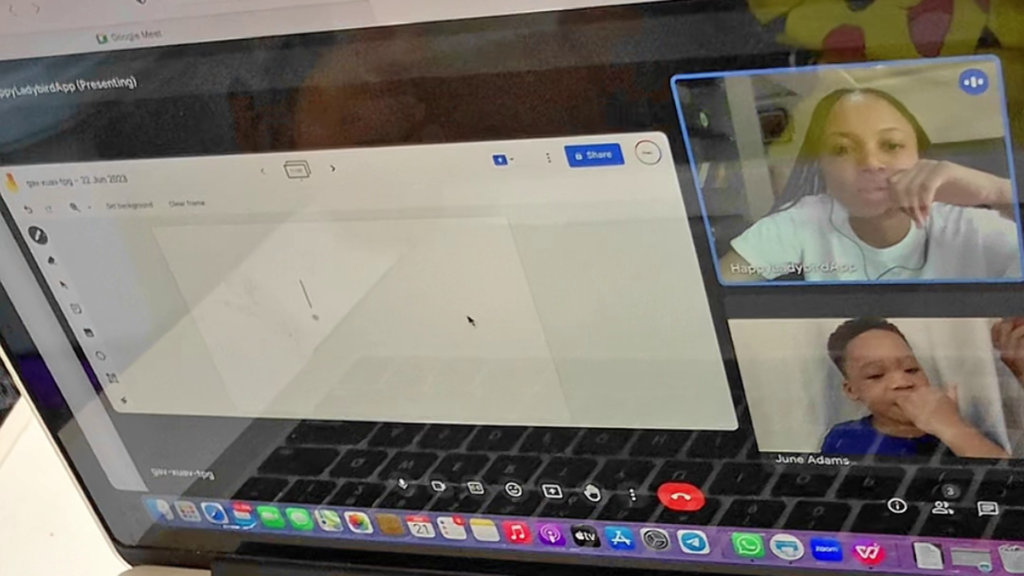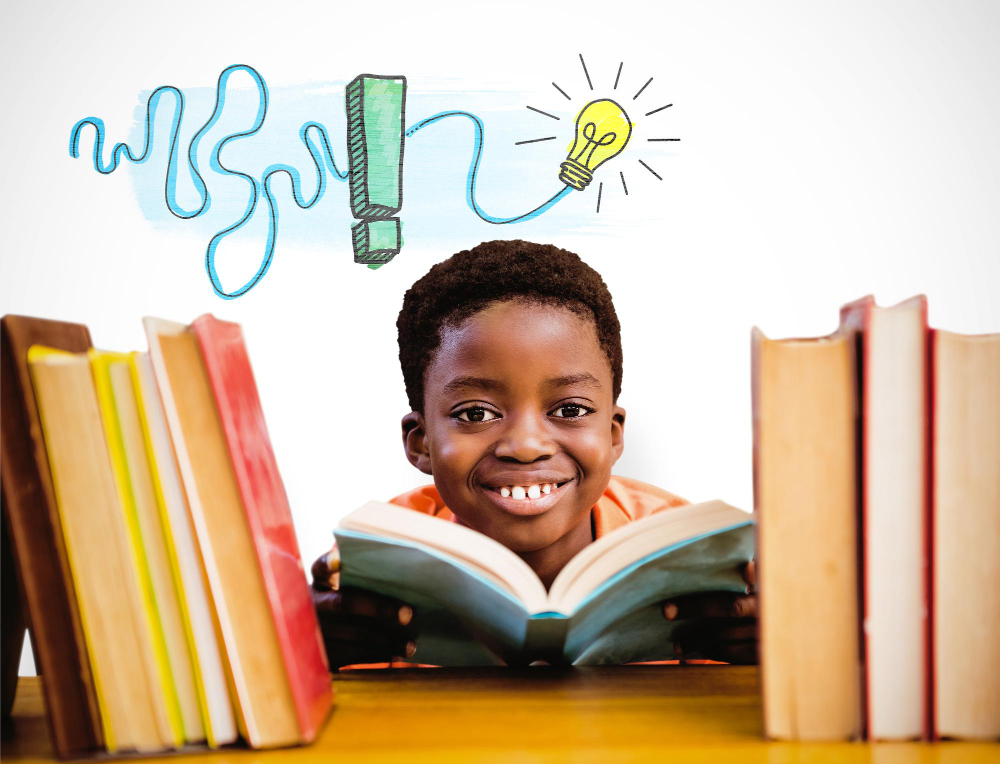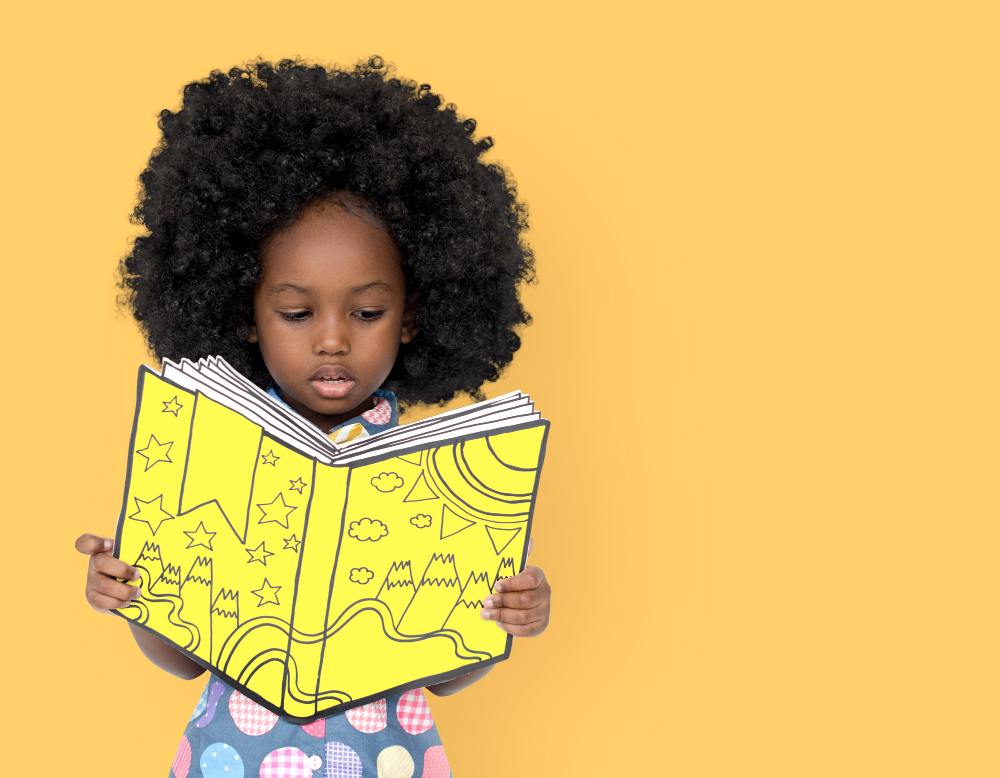Jayden’s Journey: Unveiling Strengths and Shaping Growth Through Personalized Assessment
Jayden, a bright young learner, recently embarked on an engaging educational journey at Happy Ladybird. Guided by a personalized assessment,…
Opening the Door to Literacy: Introducing Books to Your Little Learner
The world of books holds endless possibilities for wonder, learning, and imagination. But where do you begin when introducing your…
Decoding the Magic: Introducing Diphthongs to Young Readers
Your child is on a wonderful reading journey! They’ve mastered the basics, recognizing individual sounds, blending them into CVC words,…
Cultivating Confidence: Why Patience is the Cornerstone of Literacy Development
As early childhood educators, we understand the critical role we play in fostering a love for reading in our young…
Advancing Reading Skills with Jolly Phonics: The Happy Ladybird Approach
Welcome back to our literacy series at Happy Ladybird. Building on our previous discussion about the foundations of reading through…
Mastering Blending with Happy Ladybird: A Phonics-Focused Approach to Reading
At Happy Ladybird, we are passionate about guiding children through the exhilarating journey of learning to read. In our previous…
Beyond Sounds: The Happy Ladybird Guide to Introducing Blending in Reading
It’s a familiar milestone in the journey of early literacy: a child masters the individual sounds of letters, their faces…
The Happy Ladybird Way: Boosting Sound Retention Through Play
Learning to read is like assembling a puzzle; each piece must fit perfectly for the full picture to emerge. At…








